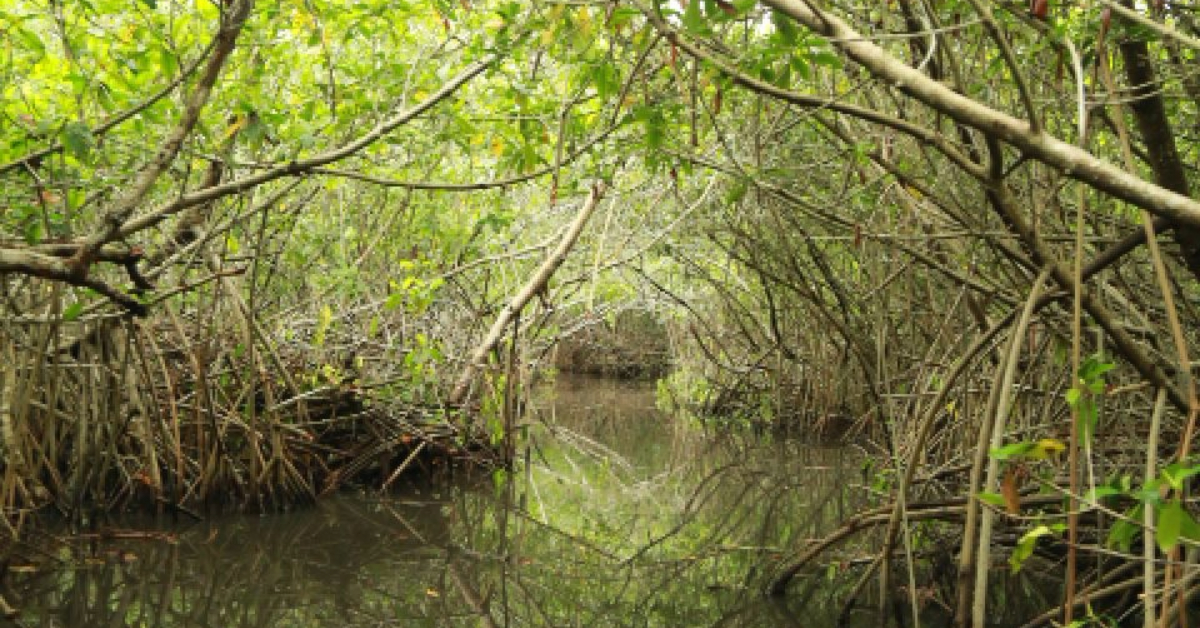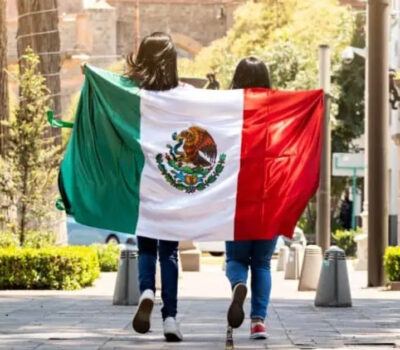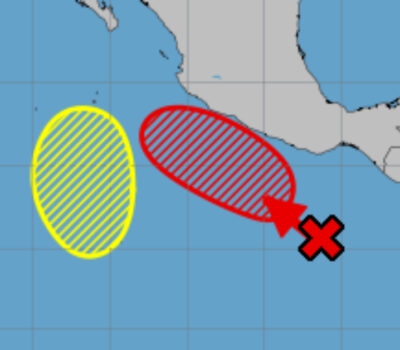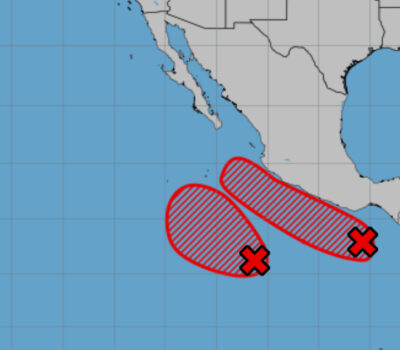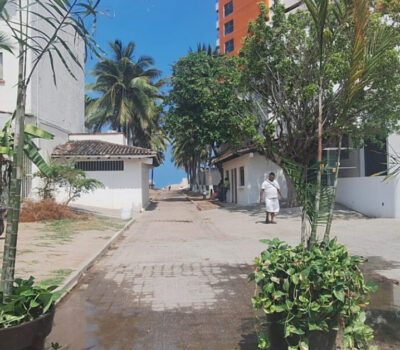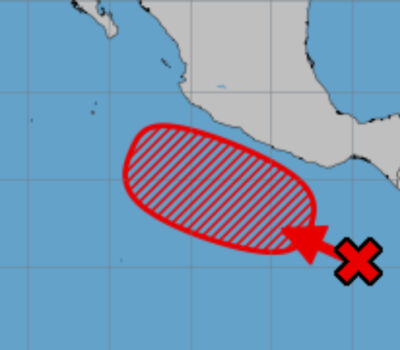Mangrove forests along Jalisco’s Pacific coast provide vital protection for coastal communities during hurricane season. Located in intertidal zones around Puerto Vallarta and the state’s southern shoreline, these dense woodlands absorb storm energy and limit damage when hurricanes strike.
These coastal ecosystems thrive where tides rise and fall. In Jalisco, they grow in areas such as Puerto Vallarta and the southern coast. Their tangled roots and lush canopy support rich biodiversity, including fish nurseries, bird habitats and marine invertebrates.
Scientists classify mangroves as natural barriers. Their dense roots reduce wave height by up to 99 percent, while foliage slows wind speed and traps sediment. By breaking waves before they reach land, mangroves help prevent flooding and limit erosion along low-lying beaches.
According to UNESCO, a mature mangrove forest can cut wave height between 50 and 99 percent. This dramatic reduction translates into lower water levels inland and fewer destructive surges during major storms. In practice, communities behind intact mangroves report less property damage and faster recovery times.
The system of aerial and underground roots also stabilizes shorelines. As tides deposit sediment inside the root network, these forests build up land naturally over time. This process reduces the risk of coastal erosion, preserving sandbars and mudflats that serve as buffers against storm surge.
The 2025 hurricane season in the Mexican Pacific runs from May 15 through November 30. Weather experts expect neutral conditions this year, with neither El Niño nor La Niña shaping storm patterns. Despite this forecast, Jalisco remains vulnerable to tropical storms that can form rapidly and alter course.
Mexico’s National Weather Service urges coastal residents and visitors to stay informed. Officials recommend monitoring local advisories, maintaining emergency kits and having evacuation plans ready. With early warnings and community preparation, people can rely on mangroves to help save lives and property.
Conservation efforts play a critical part in ensuring these ecosystems endure. NGOs and local authorities work to restore degraded mangrove stands and limit coastal development in sensitive areas. By preserving Jalisco’s mangroves, the state not only safeguards its shorelines but also its cultural and natural heritage.
Despite their value, mangroves face pressure from coastal development and pollution. Construction of hotels, roads and marinas can destroy root systems and fragment habitats. Local groups now work with fishing communities to promote sustainable practices, such as limiting wastewater discharge and avoiding illegal land reclamation.
Mangroves also support the local economy. By hosting juvenile fish and crustaceans, they boost commercial and subsistence fisheries. Ecotourism centered on birdwatching and boat tours adds revenue and raises awareness. Protecting mangroves thus aligns environmental health with long-term economic growth.
As hurricane season advances, experts stress the need to integrate natural defenses into disaster planning. Protecting and restoring mangroves offers cost-effective storm risk reduction. For Jalisco’s coastal communities, the path to safety may begin with preserving the very forests that line their shores.
Climate change adds urgency to these efforts. Rising sea levels and stronger storms threaten coastal zones worldwide. By fostering healthy mangrove forests now, Jalisco can build resilience against future climate impacts, ensuring that both nature and people stand strong when next hurricane season arrives.
Mangrove forests along Jalisco’s Pacific coast provide vital protection for coastal communities during hurricane season. Located in intertidal zones around Puerto Vallarta and . . .

